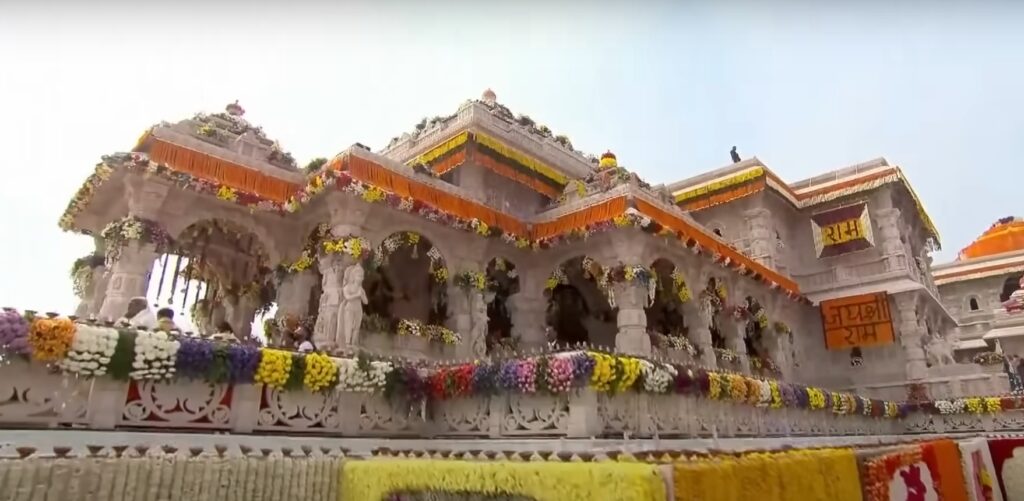It is all about Ayodhya Ram Mandir, this once in sixteenth-century masjid Babri masjid which stood here. Ayodhya, Uttar Pradesh, India and the Ram Mandir is a Hindu temple complex being constructed. It is Trust of Shri Ram Janma bhoomi – Teerth Kshetra that is responsible for the upkeep.
Embedding of Hindu mythology reinforces the ancient adage that the temple stands where Shri Ram was born as a mythical figure says in it. In there, before the demolition of the mosque in 1992, the sculptures of Ram and Sita were situated there in the year 1949.
The Indian prime minister, Shri Narendra Modi, will conduct a Bhoomi Pujan to lay the foundation stone of Ram Temple on 5th August, 2020. In contrast to the 2019 Supreme Court’s decision two years ago on the Ayodhya issue, the Hindus get the contested land in compensation with legal permission to construct a temple.





The Modi ji performed the role of the chief host during this ritual of Pran Pratishtha on the 22nd of January 2024 in the Ram Mandir. The temple witnesses several disputes all of which are as a result of the political manipulations of the Bharatiya Janata Party, the misappropriation of the funds, and the exclusion of a few of the most important employees.
Design of Ayodhya Ram Mandir
Although the Sompura family of Ahmedabad has been associated The construction of the initial Ram Temple’s design that was established in 1988.
For a five hundred year period that has spanned across fifteen different generations, Sompura has designed more than a hundred temples worldwide, amongst which, the Somnath temple is a celebrated one.
Three hundred and sixty-six columns in the making will cover the complete exterior of the construction. moreover, vishnu temples are constructed mostly similar and symbolic ways in order to attain peace and prosperity in their lives according to namely Vishnu and Hari-Hara, two of the most popular forms of worship.
Ram Lalla Aarti at Ayodhya Ram Mandir
There will be a shift in Ramlala’s worship and aarti following his consecration. The process as a whole has been organized. The purpose of Mangala Aarti is to awaken God. They have Shringaar Aarti decorations on them.
Ashtyam Seva of Ramlala will now take place every eight hours during the day. Bhog Aarti involves the offering of puri-sabzi-kheer. The purpose of Uthapan Aarti is to drive away Ramlala’s evil eye.The Ramlala Aarti will be performed six times in addition to this. There will be passes available to see the Aarti.
There have been two Ramlala Virajman aartis thus far.Before putting the Lord to sleep, Shayan Aarti is performed after Sandhya Aarti in the evening.
Conclusion
In conclusion, the Ayodhya Ram Mandir stands not only as a symbol of religious significance but also as a testament to the resilience of a nation in navigating through complex historical and legal challenges. The journey towards its construction has been marked by decades of debates, legal battles, and social discussions.
The completion of the Ram Mandir is a momentous occasion that brings a sense of closure to a longstanding dispute, fostering a spirit of unity and shared heritage among the people of India.
